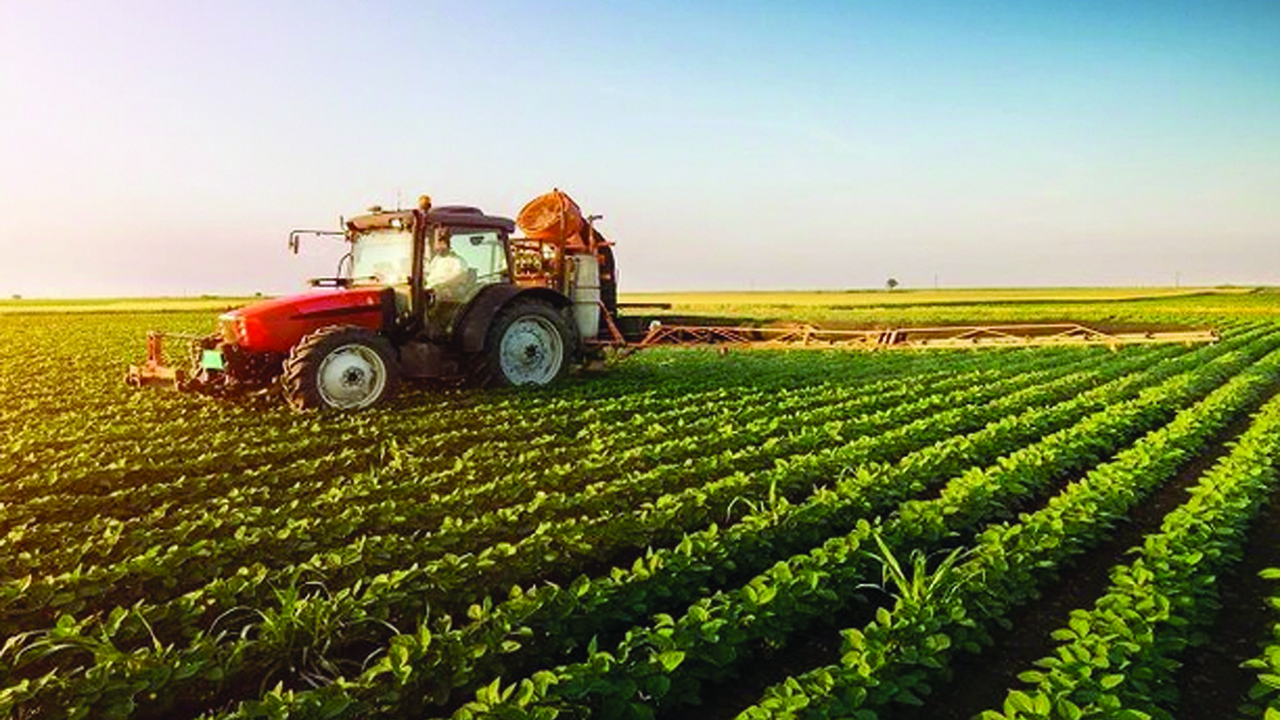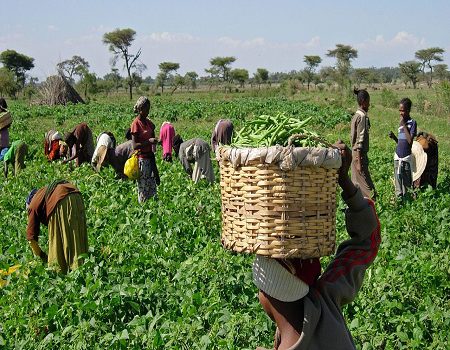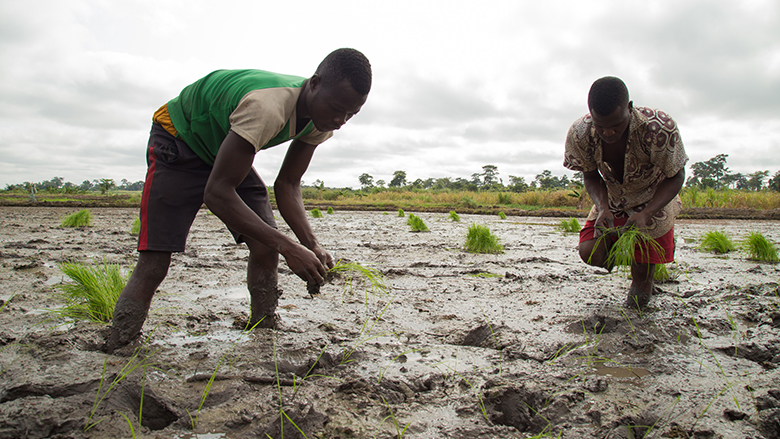How to Start Onion Farming Business In Nigeria
How to Start Onion Farming Business In Nigeria. As you may know, One of the most commonly consumed vegetable in Nigeria is onions. In fact, Nigeria is one of the largest producers of onions in the world with over 2 millions tonnes produced annually.

Onions can now be grown anywhere in Nigeria no more only in the North as it used to be. But North still remains the major producers of onions because their climatic condition favours its cultivation. Onion farming is very lucrative and straight forward, come to think of it what can you cook without using onion? Some baked food even contains onion example fish pie,, pancake etc.
Nigeria is one of the major producers of onions in the world, producing more than 2 million tonnes yearly. Red onion is the most popular variety in Nigeria and of immense benefit to commercial onion farmers due to their wide patronage.
Aliero village in Kebbi State, has the biggest onion farm/market in West Africa, buyers comes from neighbouring countries such as Cotonou, Togo, Ghana etc to buy.
LAND PREPARATION FOR ONION FARMING
Clear the land and loosen the soil, raise beds or ridges, mix organic manure such as chicken dung with sand same quantity a month or 2 weeks before planting. Keep the land moist by applying water. The land should be arable, be able to absorb and drain water, sandy-loam is well fitted for onion farming.
READ ALSO: How To Start Sweet Potato Farming In Nigeria
A bed should be made very low during dry season and very high during raining season. It will prevent waterlog during dry season while maximizing water during raining season.
PLANTING
Onions cannot be planted directly, fill nursery tray with manure rich soil and plant them in rows 10cm apart. Transplant them after 15 days to the already prepared bed or ridges. Onions can be planted twice a year between November-December and August-September during dry season and when the rains are preparing to go.
Scarcity of onions starts from March-June (during heavy rainfall) one can take advantage of this period and cultivate many that can be sold and also spread to this time. 1kg of seedling can be used in an acre.
Transplant when the seedlings reach pencil size or have about 4-5 leaves. Water the beds/ridges very well before putting the transplanted seedlings into the row to avoid damaging them. Onions can be planted in sack they can equally do well in it if not better.
How to start onion Farming production in Nigeria

NURSERY PREPARATION
Mix sawdust and dung together using water, transfer them to the nursery trays, make a horizontal line on the tray 2cm apart and then spray the onion seeds, cover with a light sand (not much). Water the tray every morning and evening but avoid the lines where seeds were broadcasted.
IRRIGATION/WEEDING IN ONIONG FARMING
It should be done once a week for about two months after planting. Drip irrigation is best fitted for onion farming. In onion farming, the Onion needs a high amount of water during bulb formation stage.
READ ALSO: How to Start Pepper Farming in Nigeria: Complete guide
Weeding should be done about 2-3 times before harvest. It is very important to do the first wedding on time. A farmer knows quite well that weeds harbours pests hence they should not be allowed in the farm with crops.
TYPES OF ONIONS
Bulb onion: this is the most favoured variety; it is widely eaten than any other onion. It’s reddish in outer colour, has a long shelf life and very sweet.
White onion variety, it is mostly used in decorating food and are said to be highly medicinal.
Spring onions: they are easy to plant, you can plant them in your backyard. They are mostly used in salads preparation, fried rice and seasoning of soup. It lowers blood pressure and cholesterol level.
Each variety performs differently under different conditions.
PEST/DISEASES IN ONION FARMING BUSINESS
Downy mildew, botrytis, rusts, bacterial soft rots, pink and white root are common diseases that affects onion plant. Use herbicides to attack them. You can use fungicides such as milthane, oshothane, dithane etc. For already infested plant by fungal disease use this insecticides; pink rot, purple blotch and blight at the very spot the attack.
Thrips, nematodes, leaf miner and maggots are the commonest pest that affects them. I am sure you have encounter that of maggot attack at home if left in a damp place. Use pesticides to attack them. Irrigate the land well against thrips devastation.
FERTILIZER APPLICATION
Apply liquid fertilizer such as folia after 4 weeks of planting (vegetative stage). This will help in the rapid growth of the onions, quickens bulb formation and produce good quality onion. Use foliar such as omex mastergro and calcium spray such as citicalmag. Once the seedlings starts emerging apply compost manure immediately so as to prevent weeds except you have other compass material like the blank mulching nylon.
HEALTH BENEFITS OF ONION
They contain vitamin C and phytochemical that helps in immune improvement.
Onion helps in the healing of infection and in the reduction of inflammation.
It keeps the heart healthy by lowering the production of bad cholesterol.
Onion also helps in preventing cancer by the use of a powerful compound called quercetin.
They are a good source of antibiotics as they fight against viral and fungal diseases.
The benefits are too numerous to mention, when a child becomes unconscious onion is used to resuscitate the child , when you mix garlic and onions juice together and take it for three days you will have freed yourself from so many ‘yama-yama disease’.
HARVESTING
This should be between 3-4 months after planting. They should be harvested manually by the use of hand. Onions is harvested when half of the neck falls. The harvest can be around January-February depending on the month you planted them. Pull the bulb out and separate it from the leaves.
Dry the bulb immediately after harvest under the sun before storing them. Onion can be stored for about 4 months in a room temperature. They can be attacked by fungal disease if not well dried.
Bulb onion should be harvested once the form shiny membrane around them (bulb) or when their foliage starts falling.
Spring onions should be harvested when their height reaches 15cm and 1.5cm in diameter.
NOTE
A month before harvest stop irrigating them or do not allow rain at all in the farm that is why you have to choose the appropriate time to cultivate them.
OTHER WAS TO MAKE MONEY FROM ONION BUSINESS
Since it has already been established that North regions are the major producers of onion; You can make a trip to any of the states that has them in higher quantities to buy, but first make your findings.
Like the Aliero market, you will see big mottos that carry goods to other states you negotiate with them and bring them down south to sell. Assuming you bought a bag at the rate of #15,000 together with transport and other expenses, you then sell it at the rate of #20,000. If you bought 20 bags, calculate your gains, you can do that as many times as you wish in a month.
How about drying onions the same way you dry fresh pepper, ground and package them for export? It will bring in foreign direct investment that can grow our economy. So start yours today.
How long does it take to grow an onion from an onion?
about 90-120 days
Loosen the soil around the onion with your shovel and pull the onion by the base of its green foliage to pull it out of the ground. On average, it takes onions grown from cuttings about 90-120 days to grow a new bulb.
How many onions do you get per acre?
Growers generally plant 75,000 to 120,000 onions per acre in single rows with 2 inches between plants in the row and 24 inches between rows. For large sweet or Spanish onions, the in-row spacing would be 4 to 6 inches between plants.
How long does onion seeds take to germinate?
4 to 10 days
Seeds should germinate in 4 to 10 days at an optimal temperature of 70°F (21°C) or thereabouts; germination will take longer in colder soil but germination can be slow in chilly soil. Optimum soil temperature to grow onions is 55°F to 75°F (13-24°C).
What is the best time to plant onions?
spring
Onions like cool weather in the early part of their growth, so plant them in spring — except in mild-winter areas, where onions are grown as a fall or winter crop. Generally speaking, onions grow tops in cool weather and form bulbs when the weather warms.
How do I get my onions to grow bigger?
Plant the onions about an inch deep and 4-5 inches apart. Wider spacing makes it easier to control weeds, which can compete for nutrients. Keep the area weed free; otherwise, the onions won’t grow big. Once onion bulbs begin to swell (in late spring), ensure that they remain above ground.
We Believe This Article Was Helpful, Don’t Hesitate To Share This Information With Your Friends On Facebook, Twitter, Whatsapp and Google plus.
Copyright Warning: Contents on this website may not be republished, reproduced, redistributed either in whole or in part without due permission or acknowledgement. All contents are protected by DMCA.
The content on this site is posted with good intentions. If you own this content & believe your copyright was violated or infringed, make sure you contact us via This Means to file a complaint & actions will be taken immediately.



